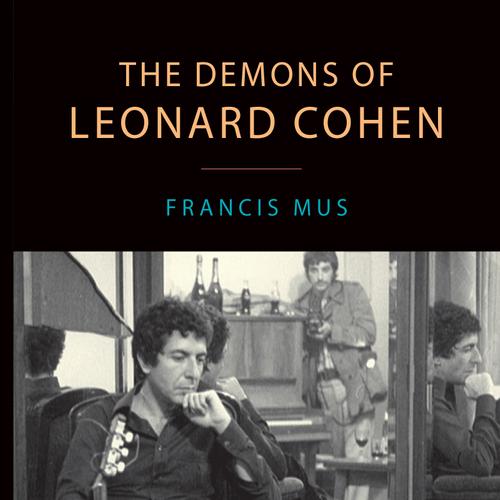<p>'With my jingle in your brain,</p><p>Allow the Bridge to arch again'</p><p>How are we to understand Leonard Cohen’s plea? Who speaks to whom in this oeuvre spanning six decades? In search of an answer to this question this study considers the different guises or “demons” that the Canadian singer-songwriter adopts. </p><p>The countless roles assumed by Cohen’s personas are not some innocent game, but strategies in response to the sometimes conflicting demands of a “life in art”: they serve as masks that represent the performer’s face and state of mind in a heightened yet detached way. In and around the artistic work they are embodied by different guises and demons: image (the poser), artistry (the writer and singer), alienation (the stranger and the confidant), religion (the worshipper, prophet, and priest), and power (the powerful and powerless). Ultimately, Cohen’s artistic practice can be read as an attempt at forging interpersonal contact. </p><p>The wide international circulation of Cohen’s work has resulted in a partial severing with the context of its creation. Much of it has filtered through the public image forged by the artist and his critics in concerts, interviews, and reflective texts. Less a biography than a reception study—supplemented with extensive archival research, unpublished documents, and interviews with colleagues and privileged witnesses—it sheds new light on the dynamic of a comprehensive body of work spanning a period of sixty years. </p><p><i>Thisbook is published in English.</i></p><p><i>-</i></p><p>Qui parle dans l’œuvre deLeonard Cohen ? En explorant les nombreuses apparences sous lesquelles Cohen seprésente à son public, Francis Mus s’efforce de formuler une réponse à cettequestion.</p><p>Les rôles innombrablesassumés par Cohen ne doivent pas être considérés comme un simple jeu, maisplutôt comme une stratégie visant à répondre de la manière la plus efficacepossible aux attentes parfois conflictuelles d’une « life inart » : ces rôles font office de masques qui traduisent lesexpressions et l’état d’esprit de l’artiste de façon exacerbée autant que détachée.Omniprésentes dans et autour de son œuvre artistique, les thématiquesfondamentales de Cohen sont parfaitement incarnées par ces différents masquesou « démons » : l’image (le poseur), la dimension artistique (lechanteur et l’écrivain), l’aliénation (l’étranger et le confident), la religion(le croyant, le prophète ou le prêtre), et le pouvoir (les puissants et lesimpuissants). En définitive, la pratiqueartistique de Cohen peut être interprétée comme une tentative d’établir desrelations interpersonnelles.</p><p>La vaste diffusion del’œuvre de Cohen à l’échelle planétaire a entraîné une rupture partielle desliens qui la reliaient au contexte initial de sa création. De ce fait, laréception de cette œuvre repose largement sur l’image publique forgée parl’artiste et par ses critiques, au fil des concerts, des entrevues et destextes réflexifs. En conséquence, cette monographie n’est pas tant unebiographie, mais plutôt une étude de la réception critique de l’artiste et deson œuvre littéraire et musicale, complétée par des documents d’archivesinédits et des témoignages recueillis auprès de collègues et de proches deCohen. Parallèlement, l’approche thématique privilégiée dans l’ouvrage apporteun éclairage nouveau sur la dynamique de cette œuvre si vaste qui s’étend sur unepériode de soixante ans.</p><p><i>Ce livre est publié en anglais.</i></p>
